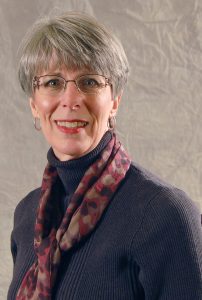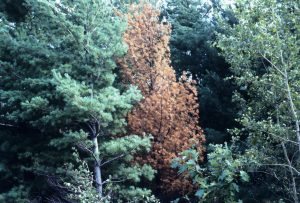The Division of Forestry annual report highlights a few of our accomplishments in 2016 – including implementing the Good Neighbor Authority, expanding the urban forest inventory and analysis to include all census-defined urban places, rewriting the forest fire reporting system, and more. Photos in the report showcase Division employees at work. In his report introduction, State Forester Fred Souba thanked former State Forester Paul DeLong (who departed at the end of September for a leadership position with American Forest Foundation) and Deputy Darrell Zastrow (who retired at the end of the year) for their legacy of leadership. Find the link to the 2016 report from the Forestry topic page on the DNR Website.
For more information, contact Forestry Outreach Specialist Kirsten Held (Kirsten.Held@Wisconsin.gov) at 608-264-6036.

 Where one chapter ends another begins. Su DaWalt, Urban Forestry Financial Specialist, is retiring from her work at Wisconsin DNR. In this role her primary responsibility was to coordinate the policy and implementation of our Urban Forestry grant and financing programs. She has implemented many process improvements to streamline and document the grant process for staff and potential applicants. She helped document and share other potential funding sources. Additionally, she worked with numerous partners, grant applicants and staff to improve, implement and train them in the various processes and materials. Su will be missed, but we know she will do amazing things in her retirement.
Where one chapter ends another begins. Su DaWalt, Urban Forestry Financial Specialist, is retiring from her work at Wisconsin DNR. In this role her primary responsibility was to coordinate the policy and implementation of our Urban Forestry grant and financing programs. She has implemented many process improvements to streamline and document the grant process for staff and potential applicants. She helped document and share other potential funding sources. Additionally, she worked with numerous partners, grant applicants and staff to improve, implement and train them in the various processes and materials. Su will be missed, but we know she will do amazing things in her retirement. 